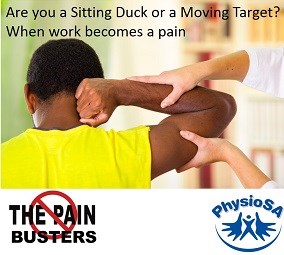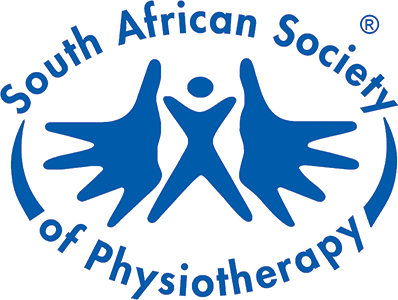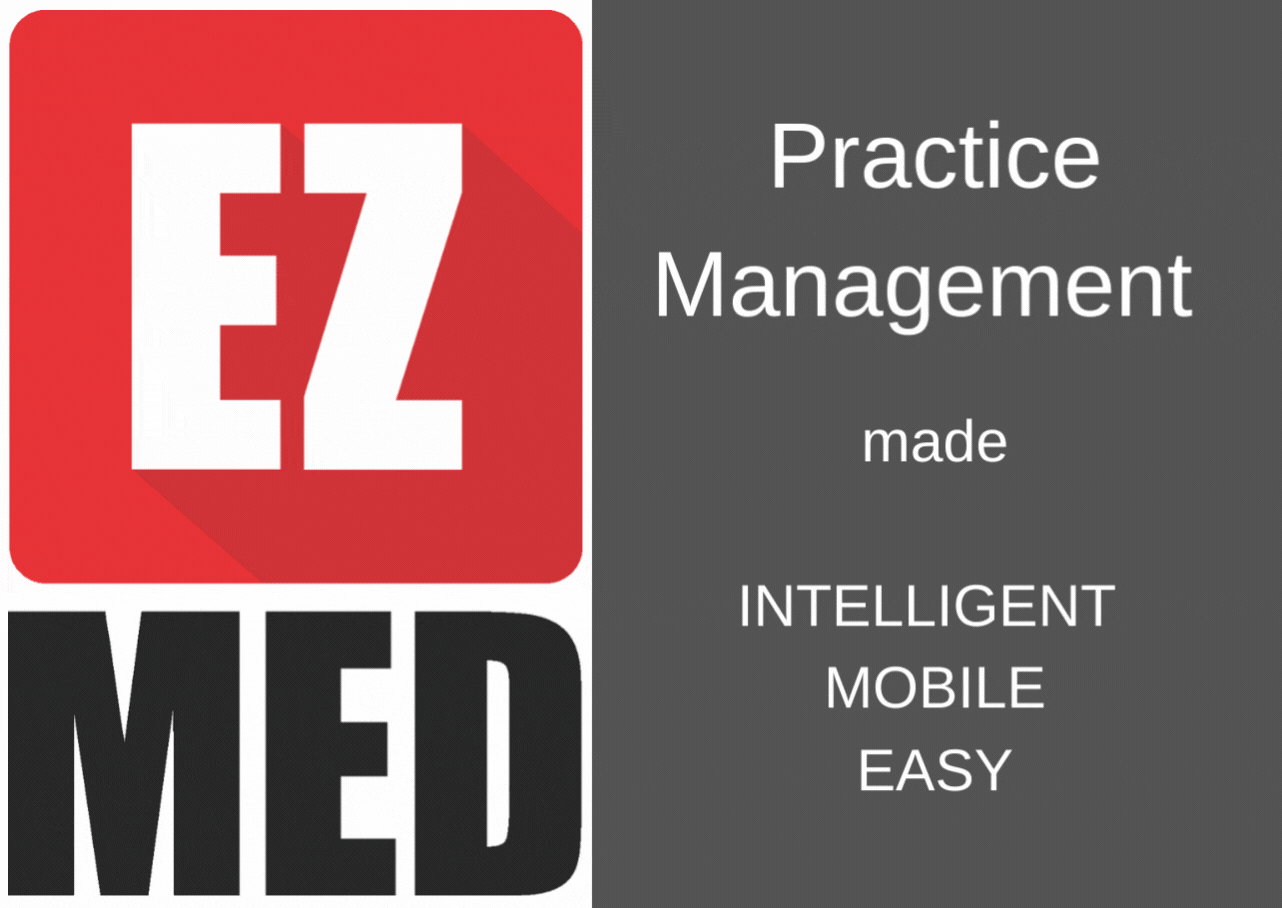
Are you a Sitting Duck or a Moving Target?
When work becomes a pain
When you come home from work at night, how do you feel? Aching neck, stiff shoulders, pain in the lower back, headaches and joint pains are all common end-of-workday experiences.
Very few of us work at jobs which allow our bodies to perform at their best.
You are either a SITTING DUCK or a MOVING TARGET – too much sitting down, hunching over a steering wheel or a laptop, causes stiffness, discomfort and even pain, while repetitive movements, or physical demands that twist backs and necks, can lead to severe discomfort, even pain so bad you have to be booked off work.
Too much sitting
According to research published last year, “office workers most frequently complained of pain in the lower back (55.1%) and neck (52.5%).”
That’s likely because we’re sitting at our desks for a long time without a break, using a chair that supports only the lumbar back area and the arms, with the computer mouse situated too far from the keyboard, the head being inclined at 45° when working, both forearms placed above the level of the desk, and on top of it all, not doing exercise.
Help on the job:
Pretend your head is suspended by a string from the crown: tuck your chin in instead of poking it out, drop your shoulders and allow your spine to find its natural S-bend.
Feels good, doesn’t it?
On the road again – and again, and again
Research has shown a strong link between occupational driving and musculoskeletal pain, with low back pain among the most frequently cited. Shoulder, knee, neck and hip pain also get significant mentions.
It’s not just about the length of time spent sitting – although we know that’s bad for you – but also the exposure to what they call ‘whole body vibration’, which may raise your risk of low back pain, sciatica and other mechanical strains.
Help on the job:
Next time you’re idling at a robot, do this: tuck your chin back so your head is positioned in line with your body and not poking forward. Now bend your head sideways, as though trying to drop your ear onto your shoulder. Hold for a count of five. Do it the other way, dropping towards the other shoulder. Now roll your shoulder blades in backward circles to relax the muscles.
Feels good to stretch those taut muscles, doesn’t it?
Hard labour
A 2017 study shows a “significant association between level of physical activity at work and risk of chronic low back pain in women”, and between strenuous activity and pain in men.
A physiotherapist with a special interest in occupational health would suggest that it’s not what you do, it’s how you do it. Very often no consideration is given to training people on how to lift, or to avoid repetitive strain injury at work – and that’s why you should make an appointment with the physiotherapist focused on occupational health, who can help assess your workplace, suggest changes and give you techniques that prevent or reduce problems.
Help on the job:
Never use your back muscles to lift heavy weights. Bend your knees, get a good grip on the object, contract your abdominal (stomach) muscle and then use the power of your thigh muscles to do the heavy lifting.
Try it – takes the strain right off your back, doesn’t it?
Too much repetition
The term “workplace injury” evokes images of something like a machine mincing your hand. But debilitating repetitive strain injuries or RSIs are much more common. RSIs are the result of repeated stress to the body's soft tissues (muscles, tendons, and nerves), at work, where you’re hammering staples into a drywall or working a mouse day in and day out, or even at home! Symptoms may include a burning pain in the affected area, tremors or weakness and difficulty performing normal tasks.
A physiotherapist who has a special interest in occupational health can advise on how to avoid or reduce the strain of the guilty activity, or do it in a better, less damaging way. Stretching, pause exercise techniques and direct hands-on treatment will help with your pain inability to work.
One possible tip:
Break and stretch! Try not to repeat the same motion over and over without regular breaks. Stand tall, raise your arms and clasp your hands together and then stretch as though you were reaching for the sky. Just change position and stretch in the opposite direction!
Feels good to change position, doesn’t it?
To find out what can be done to improve your strength and endurance for your specific job, chat to a physiotherapist who has a special interest in occupational health.
They are qualified to assess, diagnose and treat work-related injuries (and as they are first-line practitioners, you don’t need a referral to see a physiotherapist). Physiotherapists with a special interest in Occupational Health can come into your workplace and offer advice on how to change material things to prevent pain and stiffness (your office chair, for example, or the position and pace of your repetitive work tasks). They could also identify the intangibles that make work difficult, such as psychosocial issues at the workplace. They can offer targeted interventions at all phases along the chain: prevention, treatment at the point when pain or discomfort develops, and rehabilitation after minor or major injuries aimed at getting you back to work feeling capable, healthy and happy.
Contact the South African Society of Physiotherapy for info: www.saphysio.co.za
Back






